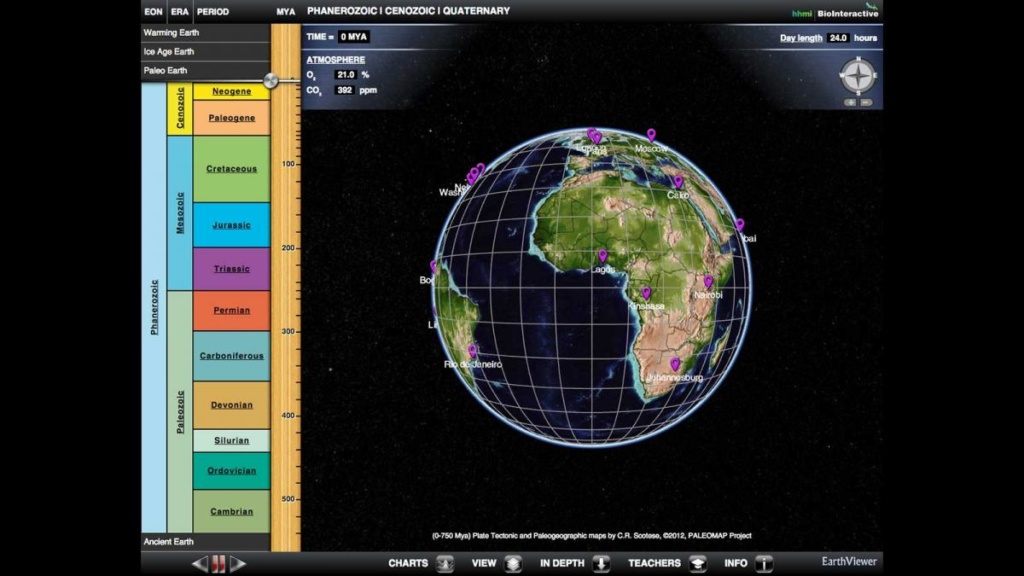
There are so many creative ways to explore geographical topics, connecting people, places, environment and the various relationships between them. The real-world importance of geography means that companies and governments have invested a lot in technology that can be applied to solve specific problems that are relevant to today’s world. The Top Apps section this month features a variety of applications that can support factual learning about the world, as well as promoting creative and critical thinking and making deep connections between topics.
This is by no means an exhaustive list and some important players like NASA, National Geographic and the Royal Geographical Society are not included here because their resources are extensive enough to warrant more in-depth discussion, and because they may be more visible and accessible than some of the other options. From virtual travel to GIS technology, games and time travel, these apps and their accompanying resources can add excitement and depth to the geography curriculum at all levels.
EarthViewer (KS3–5)
www.biointeractive.org/classroom-resources/earthviewer

One of the many great interactive science teaching resources from BioInteractive, the EarthViewer is an app that models how the earth looked from its formation 4.5 billion years ago through the various geological periods up to modern times. It dynamically shows how continents grow and shift as students scroll through billions of years. Additional layers let students explore changes in atmospheric composition, temperature, biodiversity, day length, and solar luminosity over geologic time.
It is set up as a module that has accompanying worksheets and activities that help guide students’ exploration. The Mass Extinctions worksheet focuses on the five mass extinctions that have occurred throughout Earth’s history, while another one focuses on climate and how temperatures have changed over time. The module itself is geared toward IB (International Baccalaureate) and AP (Advanced Placement) programs, but its applications are appropriate for KS3 and up, and there are some teacher guides on the site that give tips for how to use it in the classroom.
Oddizzi (KS1–2)
www.oddizzi.com

An online, subscription-based resource, Oddizzi aims to ‘put geography back on the map’ for primary schools. Loaded up with classroom resources including lesson plans, inquiry questions, reading texts and supporting questions, maps, vocabulary support, games, assessment papers, videos, worksheets, templates and activities, it has everything a teacher needs to make geography engaging and relevant to students while meeting the needs of the curriculum.
Students can travel virtually around the world the world either through map exploration or by navigating through topic areas. The material covers physical features, weather and climate, food and farming, global knowledge, and culture for various countries. There are online quizzes and news reeels that students can follow, in addition to downloadable worksheets. One great feature is a virtual Learn about geographical features; food, farming, and fair trade; climate and weather systems; or different countries and their cultures and customs.
It is primarily a UK-based platform, but teachers can choose which curriculum they follow, including the English National, Primary Years/PYP, International Primary, Australian Primary and New Zealand Primary. There are daily challenges and guided readings, in addition to interactive quizzes. Classrooms can connect with others across the world through the ClassPals function, where students can connect with their peers across the world, sending and receiving digital postcards from students at other registered schools.